Immunity is a barrier in the human body and can effectively resist the invasion of foreign viruses and bacteria, remove cancerous and diseased cells, and delay the body's aging. Our immune system needs nutrients, exercise, and quality sleep to thrive. Lack of essential nutrients causes a decline in immune resilience – the ability of the body to defend and recover itself after exposure to diseases. When our immunity is at optimal efficiency, this brings countless benefits to our health.

Many people struggle with what to eat to strengthen their immunity after they get sick, but improving immunity relies on a combination of factors, including light therapy. Specific wavelengths of light significantly impact our immunity and are essential nutrition, similar to that found in food. However, people nowadays rarely spend time in sunlight; instead, they often stay indoors to use electronic products, which only absorb a lot of white and blue light. Modern people find it difficult to change unhealthy lifestyles, but you can refuel the body's immunity through red light therapy!
What Is Red Light Therapy?
Red light therapy (RLT) is a non-invasive, low-level energy and biologically safe treatment technique that works by irradiating the body with concentrated wavelengths of red light (630-700nm) and near-infrared (700-1100nm). These wavelengths of light are biologically active and affect the body's cellular function by entering into our cells. Several studies have found that red light's photobiological and photochemical effects on human cells can improve immune system functioning in various ways.
How Does Red Light Therapy Boost Our Immunity?
Mitochondrial Stimulation
Red light has the characteristics of high purity, strong light source, uniform energy density, and deep penetration ability into the body. Immune cells are present throughout the bloodstream and in various tissues and organs. Red light acts directly on immune cells through the flowing blood, which further circulates to organs, thereby preventing diseases. Different types of immune cells work together to fight foreign enemies, for example, neutrophils, macrophages, B cells, T cells, etc.
Red light rays stimulate mitochondria function. Mitochondria are the engines of life and energy production units in all living cells. Red light increases cellular energy by ATP (adenosine triphosphate) in every mitochondrion. Immune cells such as T-lymphocytes (a type of white blood cell) require significant power (ATP) to work effectively against viruses, bacteria, fungi, and other toxins. With aging, the number and function of T-cells also decreased to varying degrees. In addition, immune cell migration, pathogen removal, and cytokine production rely on a robust energy supply. Evidence suggests that red light therapy by incrementing ATP supports the optimal immune function in various organs.
Immune Resilience-Mediated Red Light Therapy Health Benefits
Wound Healing
Wounds can reflect the body's immune health condition. For most people, minor cuts heal quickly on their own. However, due to compromised immunity, wound healing delays lead to chronic wounds. Chronic wounds mean a significantly increased risk of infection, which can even lead to severe consequences such as amputation. Red light therapy has been used to treat chronic wounds like pressure ulcers and diabetic ulcers.
A comprehensive review published in the Photodermatol Photoimmunol Photomed
The journal highlighted several studies indicating that red and near-infrared light accelerates the progression from the inflammatory phase to the proliferative and remodeling phases and has higher efficacy in chronic wound repair.
Wound healing involves a complex interaction of various immune cells (B cells, T cells, macrophages, etc.) and their cytokines. The basic principle of red light therapy is to strengthen immune cell microcirculation around incisions without significant heating. Irradiation with red light enhances the phagocytic ability of macrophages, accelerates the absorption of inflammatory exudates, and prevents infections.
Rapid wound healing requires the synthesis of collagen fibers, and red light rays promote the regeneration ability of fibroblasts and enhance tissue repair. Nowadays, more medical aesthetic clinics use red light therapy to solve skin problems such as burns, acne scars, and wrinkles.
Reduce Inflammation
Red light maximizes its anti-inflammatory therapeutic benefits by influencing the immune system positively. Inflammation is a vital immune response, and it is a way for the body to heal itself after injury, repair damaged tissue, and fight off pathogens. Damage to immune cells may lead to dysregulation of the self-healing mechanism in the body, triggering chronic inflammation. Inflammation is the primary cause of various diseases, such as arthritis, atherosclerosis, autoimmune diseases, cancer, etc.
Red light therapy also has the effect of enhancing the phagocytic ability of macrophages. It induces T and B lymphocytes to produce cytokines, activate the systemic immune system through lymphocyte recirculation, and improve the role of non-specific immunity and specific immunity, thereby reducing the risk of infection and promoting the completion of inflammatory response. It also inhibits the production of inflammatory prostaglandins (PGE2) and the expression of cyclooxygenase enzymes (COX-1 and COX-2) to reduce pain.

Minimize Infection Risk
Microbial infectious diseases, especially those caused by novel and antibiotic-resistant pathogenic microorganisms, have significantly threatened human health worldwide. As a non-antibiotic-free treatment, red light therapy is one of the best candidates. This antibacterial effect of red light therapy can be achieved by direct irradiation with LEDs at the site of infection. When immune cells malfunction, the body's susceptibility to common infections increases, such as respiratory infections, skin infections, urinary tract infections, etc.
Irradiation of red light therapy stimulates neutrophils, the most abundant immune cells in the body's blood. They quickly gather at the site of infection, exerting their life-saving antimicrobial powers, clearing infectious organisms, and producing signaling proteins called cytokines, which help coordinate and adjust the activity of other immune cells to fight infection.
A 2020 study published in Cancer Journal Respiratory Therapy showed that "low-level laser therapy mitigated cytokine storms (excessive production of pro-inflammatory cytokines), promote lung recovery, and reduce use of ventilators in COVID-19 patients."

Red light therapy inhibits vaginal bacteria, such as mold and trichomonas, and relieves vulvar itching, cervical erosion, and other gynecological inflammations. It is also used in the management of periarthritis (frozen shoulder), paronychia (nail infection), and skin and soft tissue infections (cellulitis, impetigo, dermatitis, etc.)
Red Light Therapy, Diet, and Exercise Are Three Steps to Boost Immunity!
Whether red light therapy combined with nutrition and exercise can enhance immunity depends on the intensity of training and intake of a healthy diet. According to scientific studies, long-term exercise can raise body temperature, enhance the combat effectiveness of immune cells, and naturally improve resistance against diseases.
A healthy immune system warrior needs good, regular nutrition. Evidence shows that various micronutrient deficiencies – for example, zinc, selenium, iron, copper, folate, and vitamins A, B6, C, and E – alter animal immune response.

To sum up, the immune system is not a single entity. If you supplement red light therapy with a balanced diet and regular exercise, the immunity-boosting effect can be multiplied. What are you waiting for? Try red light therapy today to boost immunity and achieve better physical health.
References and Sources:
[1] Yadav, A., & Gupta, A. (2017). Non-invasive red and near-infrared wavelength-induced photobiomodulation: promoting impaired cutaneous wound healing. Photodermatology, photoimmunology & photomedicine, 33(1), 4–13.
[2] Dos Anjos, L. M. J., Salvador, P. A., de Souza, Á. C., de Souza da Fonseca, A., de Paoli, F., & Gameiro, J. (2019). Modulation of immune-response to induced arthritis by low-level laser therapy. Journal of biophotonics, 12(2), e201800120.
[3] Mokmeli, S., & Vetrici, M. (2020). Low-level laser therapy (LLLT) a modality to attenuate cytokine storm at multiple levels, enhance recovery, and reduce the use of ventilators in COVID-19. Canadian journal of respiratory therapy :Revue canadienne de la therapie respiratoire : RCTR, 56, 25–31.
[4] Lee, S. Y., Seong, I. W., Kim, J. S., Cheon, K. A., Gu, S. H., Kim, H. H., & Park, K. H. (2011)Enhancement of cutaneous immune response to bacterial infections after low-level light therapy (LLLT) with 1072 nm infrared light: a preliminary study. Journal of photochemistry photobiology. B, Biology, 105(3), 175–182.
[5] Santos, F. P., Carvalhos, C. A., & Figueiredo-Dias, M. (2023). New Insights into Photobiomodulation of the Vaginal Microbiome-A Critical Review. International journal of molecular sciences, 24(17), 13507. https://doi.org/10.3390/ijms241713507







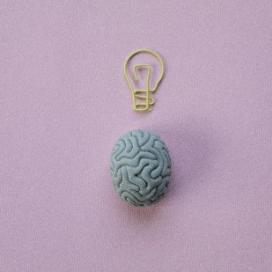
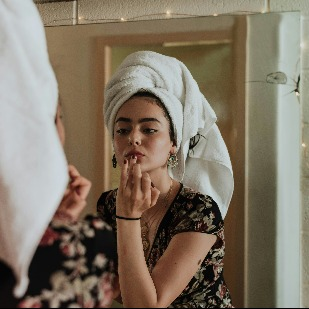
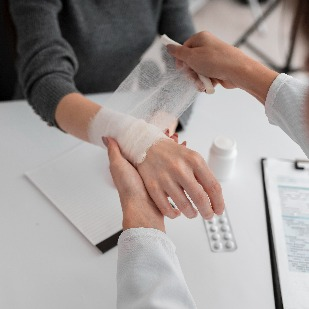
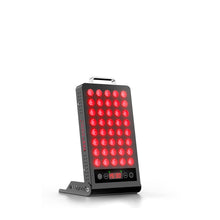
 Small
Small
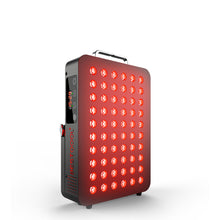
 Moderate
Moderate
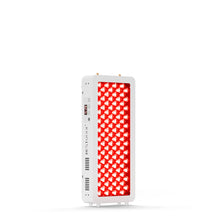
 Moderate
Moderate
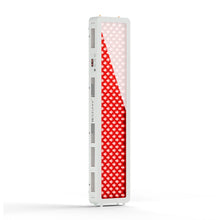
 Moderate
Moderate
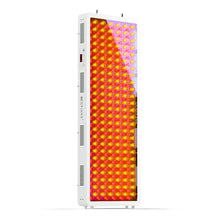
 Full
Full



